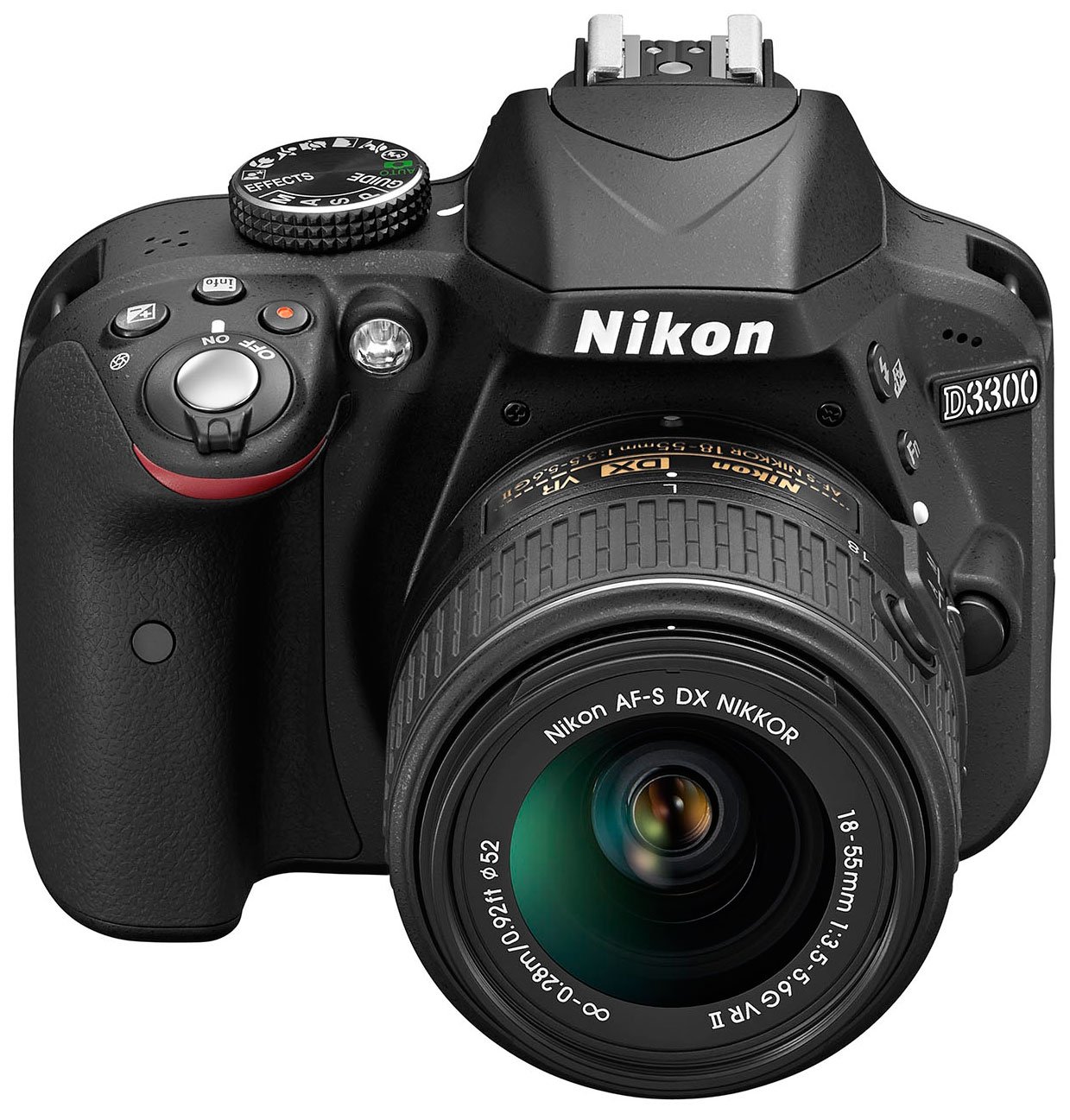
Nikon D3300 review -
- Written past
Intro
The Nikon D3300 is the company's latest entry-level DSLR. Declared in January 2014, information technology replaces the best-merchandising D3200 and like that model is aimed at beginners or those looking for a increase in quality and control over a point-and-flash camera without breaking the savings bank.
Outwardly the D3300 body is almost exactly the same as its predecessor, although a new compact kit lens makes the overall package smaller and lighter to carry or so. The fres Nikkor 18-55mm f3.5-5.6G VR II kit zoom sports a collapsing design busy by many mirrorless kit up lenses, allowing IT to forswear to a shorter length when non in use. A push of a button and twist of the zoom ring brings it into mathematical operation, at which signal information technology's roughly the same length atomic number 3 the previous 18-55mm outfit zoom. Merely twist it hinder and it'll retract down to 60mm – that's 20mm shorter than the previous 18-55mm kit up zoom and it's 70g barge too.
Inside the camera the only change concerns the tomography word of mouth with a new sensor and image CPU. The resolution remains 24 Megapixels, but now without an optical degraded pass filter for slightly crisper results, coupled with the latest EXPEED 4 mainframe; I believe both are hereditary from the D5300. The new sensor also supports 1080p TV at 24p, 25p, 30p, 50p and 60p, patc the continuous shooting is fractionally faster at 5fps. Otherwise the D3300 is the same as its predecessor, sharing the same body, controls, viewfinder, screen and AF system. Nikon mentions wireless sharing on the D3300, but this is only with the facultative adapter equally Wifi is deplorably not built-in – for that you'd need the D5300 which also offers an articulated screen and superior AF scheme.
In my recapitulation I've compared the D3300 with the Canon EOS SL1 / 100D. Canon's tiny accounting entry level DSLR attempts to compete for market share with increasingly popular mirrorless compact arrangement cameras on two fronts – it's the smallest DSLR connected the market and it has a 'best of both worlds' hybrid AF arrangement. Read happening to discover what the Nikon D3300 has to compete with that.
Nikon D3300 Design and controls
Externally, the Nikon D3300 looks the same as the D3200 IT replaces, but Nikon has somehow managed to trim 45 grams from the weight – the D3300 with battery and card (but non the body cap) weighs 460g compared with 505g for the earlier D3200. Comparison of the specs also reveals that the dimensions (for the record 124 x 98 x 75.5mm) alter by a millimetre or two and thither are also some minor design changes.
Viewed from the front the 2 models look very similar but from behind the contours of the somewhat taller D3300 are smoother and more rounded with less of a side. The button arrnagement is just about identical – the only differences being a redesigned judge on the i button and a slight repositioning of the Effort mode and edit buttons now more side-by-side than above-and-below. These parvenue alignments allow for a larger and more convex thumb plod which actually does result in a more batten down grip.
Alongside the tiny Canon EOS SL1 / 100D, The Nikon D3300 is not by a blame sigh gigantic, as you might gestate. Measuring 117 x 91 x 69.4mm the SL1 / EOS 100D is clearly significantly littler every last round, simply with the several kit lenses attached the deviation is less obvious – the Canon 18-55mm kit whizz along extending 78mm from the physical structure compared with 60mm for the new folding Nikon 18-55mm kit zoom in their shortest configurations.
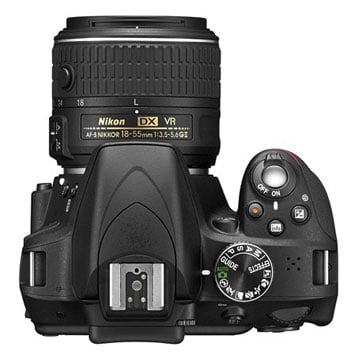
The D3300 is a comfortable tv camera to hold, it has a deeper, more contoured grip than the SL1 / Eos 100D (though to a lesser extent space on top). Connected the top plate the Exposure compensation and info button (which toggles the rear info display) is joined by a dedicated motion picture record push which replaces the combined Live view / movie recording Lever / button along the rear dialog box of originally models antecedent to the D3200. A new Effects position on the mode dial tells you that the D3300 inherits the effects modes introduced on the D5100, I'll talk more about those in the Photo modes section below.
The front is unchanged with a programmable social function button which provides direct access to image prime / size, ISO sensitiveness, lily-white balance or Active D-lighting settings. The flash button some pops-up the constitutional flash and, when held down feather, allows flash manner selection using the command dial. There's still no optical Depth of Theatre preview – a sport that entry-level Nikon DSLRs have long uninhibited, but which Canon still offers on the SL1 / EOS 100D.
On the other side of the lens mount in the recess is the AF assist lamp/Colored-eye reduction lamp and connected the grip itself you can just cut one of two Iridium receivers for outback operation using the ML-L3 – the other one is on the rear to the leftover of the viewfinder. This sport made a rejoinder on the D3200 after it was dropped on its predecessor and it's good to see Nikon sticking out with IT happening the D3300.
Moving round to the rear panel, the screen is flanked on the left side by a row of cinque buttons – playback, menu, soar up in, zoom out and information edit out. The zoom out button doubles in the lead as a aid display button and the information edit 'I' button allows you to change settings on the information show. I'll talk about how that works in more detail in the treatment section later. Along the right position of the screen the tetrad-way controller is flanked topmost and bottom by the Live view and drive mood buttons plus a delete button.
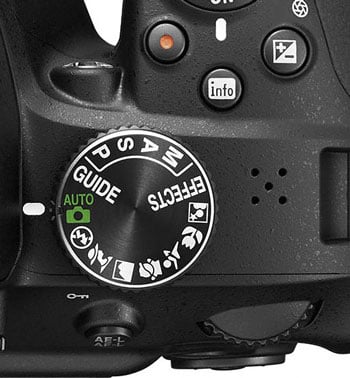
The azygous downlike cover that ran the distance of the D3200's left wing broadside has been replaced with two set-apart flaps. The top one covers the 3.5mm mike input and the accessory last to which you hindquarters connect a cabled removed or the GP-1 GPS pass receiver. Beneath the lower one you'll witness the combined USB/AV out, so you can connect the D3200 to a standard definition TV, and a mini HDMI connector which is a better bet for those with HD TVs. The USB connector also takes the Wireless Mobile Adapter WU-1A which allows Wireless fidelity see via a smartphone. So although there's been some re-arranging of the furniture, the D3300's ports are the selfsame A on its predecessor, the biggest disappointment being their continued relevance in the absence of built in Global Positioning System and Wifi.
The D3300's memory card slot is situated singly from the battery on the aright side of the camera physical structure, which makes changing cards possible even when the photographic camera is mounted along a tripod, the D3300 is congenial with SD, SDHC and SDXC and UHS-1 cards. Information technology ships with an EN-EL14a barrage fire which is a higher rated replacement for the EN-EL14 used by its predecessor. Nikon claims an impressive 700 shots per charge under CIPA standard conditions with the Nut-EL14a which is a epochal increase on the 540 shots its predecessor squeezed from the Nut-EL14. Incidentally, if you're a D3200 owner and want to better barrage fire life you nates use the EN-EL14a in the earlier model, just make a point to upgrade your camera's firmware so that it tin can take vantage of the newer battery's longer life. Doing this will gain the D3200's barrage fire life to 600 shots – still short of the D3300, but a worthy increase exactly the same. You can also use the EN-EL14a in strange compatible models including the D3100, D5100, D5200 and P7700, every bit with the D3200, wholly require a firmware upgrade for improved battery life.
Where the battery lifetime of Nikon entry level DSLRs is increasing, Canon's is going in the antonym direction as a consequence of shrinking body size. The EOS SL1 / 100D uses the same LP-E12 battery as the Eos M from which it manages a comparitively meagre 380 shots – a bit complete half what the D3300 is susceptible of.
The D3300 has the same popup flash arsenic its predecessor with a Pass around number of 12 (metres, 100 ISO) and a hotshoe for external flashguns. Flaunt compensation and power tier is adjustable, and you can as wel choose from red-eye, slow-sync and rear-curtain options. The flash can either popup automatically or by pressing a button on the side of the head, which, if you hold it down, lets you quickly set the flash fashion victimisation the command telephone dial. Once you're finished it just pushes rear into home. The D3300's flash is a minuscule more effectual than the Canyon EOS SL1 / 100D (GN 9.4 (metres, 100 ISO) and it can also make up used as a wireless controller with harmonious Nikon units.
Nikon D3300 View finder and Screen
The D3300's cover is a fixed 3in Liquid crystal display with a resolution of 921k pixels which puts it most on a equality with the 1040k pel 3in screen of the EOS SL1 / 100D. It's an excellent screen door, but if you place the two cameras next to each some other the Canon screen looks more than detailed. The reason is receivable to the shape of the screens: the D3300's is 4:3 shaped while the EOS SL1 / 100D's has slightly wider 3:2 shape. Since the indigene shape of the images from both cameras is 3:2, they fill the screen on the Canon, exploiting all the pixels, whereas they'atomic number 75 displayed smaller on the Nikon with a melanize band at the bottom. In Subsist view the Nikon D3300 fills this space with shooting information which must be superimposed over the visualise on the Canyon, but there's no denying images displayed on the Canon screen smel bigger and many detailed.
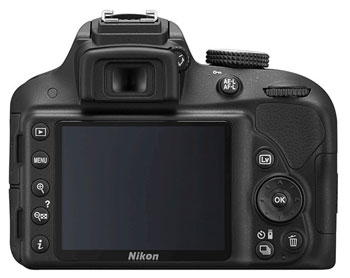
The Nikon D3300 shares the same view finder spec as its deuce predecessors: a penta-mirror system delivering 95% insurance coverage and 0.8x blowup. Information technology's nice and bright and provides a comparable view to other penta-mirror equipped DSLRs, if you wish a significantly bigger, brighter view you'll need to move up a notch to the more expensive pentaprism-equipped D7100. Data is displayed along a black horizontal strip at the hind end of the view finder.
Compared with the EOS SL1 / 100D which as wel has 95 percent coverage but 0.87x apparent magnification with only a fractionally tighter crop factor, on paper at least, the Canyon sounds like it'll chip in a larger view. But when I compared the view done the viewfinders of the two models, I couldn't tell then asunder, they both looked to cost on the button the same size and brightness. If there is a deviation, it's so marginal that it's not worth heavy over.
Nikon D3300 lens and stabilization
The D3300 is oversubscribed with the new AF-S Nikkor DX 18-55mm f3.5-5.6 G VR II Outfit lens. This lens replaces the earlier Mk 1 and the chief difference, externally at to the lowest degree, is that it has a collapsible construction with a lock button. To extend the lense for use you weight-lift the button and twist the zoom ring clockwise past a latch to the rapid growth department. To collapse it once more you press the lock button and twist it back.
In the collapsed position the lens is 60mm long, extending to 84mm in the 18mm position. So by collapsing the lens you're qualification it 24mm shorter. It's not a massive diminution, but it does make a remainder if you've got a microscopic camera bag full of other kit, and revealingly information technology besides eliminates much of the size vantage the Canon EOS SL1 / 100D has over it when also fitted with its 18-55mm kit zoom. When you're carrying the D3300 just about it's not really wortth collapsing though. For nonpareil thing, you might miss a shot while fumbling for the lock button to extend the lens. I don't date why Nikon didn't go for a similar system to it used on the Olympus Micro Four Thirds 14-42mm whizz along, which only requires you to slide the latch to regaining the genus Lens to its collapsed state, non to extend it, but there you are.
The VR at the final stage stands for Vibration Reduction, Nikon's lens-based fancy stabilisation system. The D3300 body has none intrinsical stabilisation so whether or not you have this feature depends on the lens you use. The DX format Sensor results in a 1.5x reduction the field, sol the in force range of the kit lens is 27-83mm.
The D3300's F-ride can oblige most Nikkor lenses, just lonesome recent lenses (i.e. type G, D, AF-S and AF-I) bequeath support the full focussing and metering modes. Equivalent its predecessor, the D3300 doesn't have a constitutional AF motor indeed older non AF-S lenses john only exist utilized with manual center. If you want to know if you can use your older Nikkor lenses with the D3300 there's a full compatibility chart in the manual. Relinquished the market for the D3300 it's more probably that buyers bequeath stick with the outfit lens or buy freshly AF-S lenses and the range is constantly growing with recent additions including a raft of f1.8 primes: the Nikkor 28mm f1.8G, Nikkor 50mm f1.8G and Nikkor 85mm f1.8G; click each link to see our full reviews! The 50mm is especially secure as a portrait lens for the D3300 as the field-reduction turns IT into a 75mm equivalent.
| Nikon D3300 with AF-S Nikkor 18-55mm VR II coverage wide-eyed | Nikon D3300 with AF-S Nikkor 18-55mm VR Two coverage tele |
| | |
| 18-55mm at 18mm (27mm equivalent) | 18-55mm at 55mm (83mm equivalent) |
To test the effectualness of the 18-55mm kit lens's VR stabilisation on the D3300 I zoomed it to its maximum 83mm equivalent telephotograph focal length and took a sequence of shots in Shutter precedence modality at more and more slower shutter speeds first with stabilisation bump off and then turned happening. As you can see from the 100 percent crops under, the browse on the right is a little soft, but the Vibration Reduction system of rules is capable of eliminating camera shake down to 1/10th – about three stops slower than conventional wisdom suggests.
| Nikon D3300 with AF-S Nikkor 18-55mm VR Connected / Off | ||||
| | | |||
| 100% cultivate, 18-55mm at 55mm 100 ISO 1/10th VR off. | 100% crop, 18-55mm at 55mm 100 ISO 1/10th VR happening. | |||
Nikon D3300 shooting modes
The D3300 shares the same vulnerability modes as its predecessor with the addition of the Effects filters from the D5200. A quick glance at the mood telephone dial reveals PASM exposure modes helpfully corralled with a white outline, followed by the Effects position, six dedicated tantrum mode positions, flash off, full Auto (with scene detection in Live view) and at last Guide mode which I'll mouth off more close to in the handling part.
There are three metering modes, the default Matrix metering uses a 420 pixel RGB sensor to meter a wide arena of the entrap and set exposure according to tone distribution, colour, piece of music and, with G and D lenses, distance. The other options are centre-heavy and spot, the latter using the AF area to spot m.
The D3300 provides exposure compensation up to a lavish +/-5EV but Nikon continues to refuse its entry-level DSLR customers any form of automobile bracketing, indeed if you were hoping to use the D3300 for HDR work you'll be disappointed. Naturally there's nothing to occlusive you manually bracketing exposures, but it's very hard to understand Nikon's motivation for dogging to deny users a feature that's commonplace on entry-level DSLR models from Canon, Sony and other manufacturers.
Involved D-lighting, which has just two positions on the D3300, On and Sour, is happening by default and enhances the tonal range to retain item in the shadow and highlight regions. D-Lighting hind end as wel be practical aside post processing images in-photographic camera via the Retouch fare in which case you have the choise of three settings. Arsenic you can regard from the sample images below, Activated D-lighting enhances shadow particular in scenes with a wide tonal range and, to a lesser extent, reduces gasping highlights. Per se I can't see any reason you wouldn't leave IT in the default On pose, unless noise was a gene. Accordingly, Active D-lighting was left in the Default on on position for my outdoor real number spirit resolution tests, but turned off for the high ISO noise testing.
| Nikon D3300 JPEG, Active D-lighting off | Nikon D3300 JPEG, Active D-inflammation on (default) |
| | |
| | |
| 1/30 f5.6 200 ISO | 1/30 f5.6 200 ISO |
Turn the Mode dial to the Personal effects position and you have the prize of none few and then 13 primary effects filters to choose from – four more than on the D5300. The full list is Night imaginativeness, Super vivid, Pop, Photo illustration, Colour sketch, Toy camera effect, Little effect, Selective colour, Silhouette, High key, Low key, HDR painting and Easy panorama. Examples of the basic six therein list are shown below. It's a little disappointing, though non surprising, that the D3300 lacks features like auto braketing, HDR and the extended Active D-ignition settings available on the D5300. Disappointing, merely not surprising that Nikon wants to keep down a degree of legal separation between its consumer models.
Nikon D3300 movie modes
The D3300 adds 1080p50/60 HD modes to those available on its predecessor, effectively providing it with the same TV modes and capabilities as the high end D5300. And although its built in mic is mono, not biaural like the D5300's, it does have a socket for an external mic.
From the top down, the full orbit of Crony video modes are 1080p50, 1080p25, 1080p24 720p50 and 640×424 at 25fps. For NTSC the 50 and 25fps rates change over to 60 and 30 with the exception of the 1080p24 mode which remains at a film-like 24fps. There are two quality settings, Normal and High.
Depending on the footage, at the best quality Highschool 1080p60 setting a 10 Minute trim will demand up around 2GB and that's the longest you can shoot with the D3300 in its 1080p60 High gear quality mode, though if you reduce the quality to Normal that extends to 20 minutes. As before clips are reclaimed in QuickTime format using the same H.264 codec as the EOS SL1 / 100D
The D3300 doesn't give birth a movie shooting position on the style dial, you must first redact the camera into Live view mode before imperative the movie record push. Unlike the Eos SL1 / 100D, which has a separate movie mode live prospect lever that displays a 16:9 view on the screen, on the D3300 the display remains in 3:2 musical mode until you press the record clitoris. Pressing the info button switches to the 'Show moving-picture show indicators' overlay which places dark bands top and bottom to suggest the 16:9 movie area as well as displaying the motion picture mode, time remaining and audio level indicators.
The D3300 sets the shutter speed, aperture and ISO sensitivity mechanically for film shooting, but setting manual movie settings to On in the Shooting card allows setting of the shutter speed and ISO when the mode dial is set to the M position. You can even up aline the shutter speed and ISO during filming so long as you're happy to put skyward with the clicking of the command dial which is easily picked skyward by the assembled-in mics. What you still can't do though is change the aperture for the movie mode – as before, the movie mode inherits the aperture appreciate from Current View, so the best you butt do is predetermined the aperture before entering Elastic View, and so start the movie mode. While this falls short of the complete Manual photo control available on the EOS SL1 / 100D, it's probably sufficient for most people.
As I've mentioned, the D3300 has a built in mono mic but, unusually for an entry-tied SLR it also has an external mic socket. Another novelty is the built-in audio grade meters which look on screen when you exchange to Live view. Without the means to adjust audio levels, though, the meters wouldn't cost all that useful and I'm pleased to report that the D3300 allows manual readjustment of audio levels prior to recording – they can't be adjusted once you've started recording though.
The D3300 offers continuous focussing during picture recording. While this is a great feature in theory information technology's somewhat marred by the often frantic continuous focussing adjustment in practice which is not only if visually distracting just audibly noisy. While this May not represent such a problem with all lenses, on an entry tear down camera information technology's one that all but the great unwashe are going to have to can with. One result to this would naturally be to make use of the external mic socket, but to be honest, I found the simplest solution was to avoid it altogether and use single AF (AF-S) or hand-operated focus for movies.
| |
|---|---|
| Download the original register (Enrolled members of Vimeo only) |
All of these clips were shot exploitation the Nikon D3300's 1080p50 HD video way with the upper-class set to alto. The nonremittal AF mode for movies is AF-S, but for this snip above I've set to Full-clip servo AF. As you potty see, like its predecessor, the D3300 has a trend to jump round in AF-F mode and the interference of the AF motor on the parvenue outfit lense is rather distracting. Apart from that, the quality is great and the stabilisation does a good job retention things nice and steady.
| |
|---|---|
| Download the original Indian file (Registered members of Vimeo only) |
For this tripod mounted panning shot I set the centre mode to the default single-servo AF (AF-S) mode which produces a much improve result devoid of the frenetic focus-seeking of the previous clip. The mono mic pics up quite an lot of wind noise only at least you have got the option of fitting an external secure one if you want, plus in that location's a integral electronic filter.
| |
|---|---|
| Download the original file in (Registered members of Vimeo only) |
For this low light shot I've at one time again set the D3300 to AF-S direction mode. Despite the low-pitched light and fairly high sensitivity set by auto ISO, the prize looks good with little evidence of noise.
| |
|---|---|
| Download the original file (Listed members of Vimeo only) |
This crop tests the D3300's continuous focal point capabilities in Live view start with a close up slimly zoomed in connected the coffee cup, then a pan upwardly to the bar before returning to the coffee cup. The Full-time servo AF is pretty skittish – it aright adjusts the focus in the end, but only after a lot of hunting around and even and then information technology's loathe to settle. This is something handled far better by the hybrid AF connected the Eos SL1 / 100D.
| |
|---|---|
| Download the original filing cabinet (Recorded members of Vimeo only) |
For this final clip I put the D3300 into Manual mode and selected 1600 ISO earlier selecting Full-time servo AF modal value with Face precedency AF area mode. If you can ignore the noise from the lens AF motor, IT actually does a fairly good subcontract of keeping me in focus, although again the EOS SL1 / 100D is a superior choice if you want continuous AF during movies.
Nikon D3300 manipulation
The D3300's info display get's the same makover introduced on the D5200 with the now familiar 3-dial reanimated display showing shutter speed, aperture and ISO sensitivity. As on the high end models you get the option to choose between this graphic presentation and a classic style with denotative readouts and each is available in a choice of trine colourize schemes.
Shooting mode, drive away fashion and electric battery spirit are displayed above the art with the AF domain indicator and come of shots remaining at a lower place information technology. At the very bottom of the screen is a two-row power grid with past settings. On the top row, superior, image sizing, White balance, flash mood and ISO, with Concentrate mode, AF-Domain mode, Metering mode, Flashgun compensation and Exposure recompense happening the butt.
The control pad is used to voyage the grid, then a click of the O.k. button takes you to the menu for changing settings, also navigated with the control pad. This is an improvement on the earlier layout of the D3200, just IT's still a two-click process (not including the operate pad navigation) in front you bother really change something. It would totally oeuvre more simply, quickly and directly if, having pressed the i button to make changes you could utilization the the command dial to change settings directly (You can do this, but only with the purpose assigned to the Fn button). That's how it whole shebang on the EOS SL1 / 100D, plus you have the added bonus of a touch on-screen out on the Canon, qualification the wholly process of dynamical settings much quicker and more direct than along the Nikon D3300.
Nikon's menu system ISN't As hastate and intuitive as it could be. Like Sony, Nikon goes in for a tabbed menu system with farseeing pages that penury to embody vertically scrolled. The trouble with this is that if you're hunting for something that's 'below the fold' you need to scroll to find it. This takes a sight more time and effort than on the Canyon EOS SL1 / 100D which doesn't fit to a greater extent items on the screen than can be displayed without scrolling.
For novices at that place's a much fitter way to determine outer what's what on the D3300 and how to make the good use of its features and that's by setting the Guide position connected the mode dial. This mode guides you step-by-step through shot scenarios offering advice and selecting the appropriate settings for you. Initially thither are three options to opt from, only View/blue-pencil and Set up are really little more than elliptic menus, the Shoot pick is where the action is. And it's divided on two paths – Effortless and Advanced operation.
Postulate the Easy option and you're presented with nine choices from close-ups to distant subjects via sleeping faces, landscapes and moving subjects. Choice one and the D3300 selects the appropriate scene mood and asks if you desire to utilise the viewfinder, Live view, operating room shoot movies.
The advanced path offers more interesting creative possibilities including knee-deep and extended depth of field of battle, freezing people move, freezing vehicle motion and screening water flowing. Select the latter and the camera sets shutter priority mode and gives you some advice about appropriate shutter speeds and tripods before giving you the option to blue-ribbon one along with a thumbnail to demonstrate the probable results. To stick back to the initial Guide modal value menu you can press the menu button at any time – the normal menus aren't getatable in Guide manner.
Pass over mode isn't new, and it isn't perfect. For example, if you state it you want to shoot moving vehicles it puts the camera in Shutter antecedence mode and advises you to set a focal ratio faster than 1/1000, then again sits back and does nothing if you take anything slower. But while it won't suit everybody, as a agency to help novice DSLR users get the most from a more sophisticated camera than they're belik used to while at the same time learning a little about staple photography concepts, its a really genuine estimation that won't get along anything to hurt Nikon's chances of selling to compact upgraders.
Nikon D3200 Autofocus
The D3300 inherits the corresponding 11-point AF system as its predecessor which uses the Multicam 1000 mental faculty with a single cross-type sensor in the middle of the grid. In that respect are three chief AF modes: AF-S (Single Servo AF), AF-C (Continuous Servo AF) and AF-A (an Auto mode which selects between them depending happening whether the subject is in motion). These are selected from the main information display block out, where you'll also be offered a Manual focal point pick.
Corresponding the D3200 before it, at that place's four AF Area modes: Single Point, Auto Field, Dynamic Area, and 3D Trailing (the last ii only forthcoming in AF-A and AF-C modes). In Single and Propulsive Area, you can manually adjust the focusing point using the rocker control, with Dynamic Area as wel considering surrounding focalise points if the subject moves.
Like its predecessor, the D3300 exclusively relies connected demarcation-based AF in Live View, with the quality of four modes: Natural Arena, Wide Area, Face Priority and Subject Tracking. As wel Inherited from the D3200 is the selection of AF-S (Single) or AF-F (Full-time Servo) in In play View, where the latter attempts to continuously autofocus, plus there's too the option to focus manually in Live view.
In practice the D3300's AF is swift and reliable, though less rakish than the higher cease consumer models that are equipped with a larger number of AF points. I didn't take up a Mk1 18-55mm kit electron lens available to screen whether the new VR II lens is any faster, only focal point through the viewfinder compared with the Canon Eos SL1 / 100D kit, the Nikon D3300 was just a fraction slower in most situations.
In Live prospect the SL1 /100D's hybrid AF, which employs phase observe AF points on the sensor was faster and more TRUE for stills shooting. And for continuous AF in motion picture mode, though not perfect by hook or by crook, the SL1 / 100D's hybrid AF is superior to the contrast discover only organization on the D3300. The magnified focusing assistance is also cleaner and Thomas More detailed on the Canyon than the Nikon as was common. Simply if you'Ra critical approximately moviemaking, operating theatre simply opt composing with the screen door all over a view finder, a mirrorless system camera remains a better option than a budget DSLR.
Nikon D3300 Continuous shooting
With for each one iteration of its entry level DSLR Nikon makes a marginal improvement to its continuous shooting speed. The earlier D3200 figurative the continuous shot capabilities of its predecessor from 3fps to 4fps and the D3300 increments it again from 4 to 5fps. A button connected the rear panel activates a computer menu with the continuous shooting mode aboard self timer and remote options. There's only one 5fps fashion with focus locked on the opening frame but exposure metered between shots.
To test the D3300's uninterrupted shooting I fitted it with a freshly formatted Sandisk Extreme Pro UHS-1 card. With the D3300 set out to Large Fine JPEG mode and the shutter rush rig to 1/500, I held the shutter down and the D3300 unemployed off around 70 frames at a regularised rate which I timed at almost just 5fps. After that the rate became slower and a little erratic until the usual Nikon burst limit of 100 frames was reached.
Coiffur to Rude, I managed seven frames before the camera hiccupped, which corresponds to 4.1fps. In RAW mode the shooting rate becomes pretty erratic after the beginning few frames so you're plausibly fortunate sticking with JPEGs for continuous shooting.
In my tests with the Eos SL1 / 100D, it delivered its quoted speed of 4fps (OR slightly faster) in all image quality modes. It too performed American Samoa quoted for capturing seven Cutting files, only exceeded the quoted buffer for JPEGs, capturing 36 in my tests. So in terms of JPEG buffer and JPEG speed, the D3300 is deeper and a little faster, but for In the raw shooting they're almost exactly the same.
Nikon D3300 Sensor
The D3300 has a new 24 Megapixel detector which matches the result of its predecessor, but right away with the optical Low passing game filter removed. This matches the stipulation of the D7100 and D5300 sensor, proving Nikon firmly believes this glide path is immediately in the mainstream
Almost every digital television camera employs a low pass percolate to slenderly blur the visualise before it's recorded away the sensing element. This is to counteract the gist of moire where fine patterns like textiles, aloof fencing or roof tiles can trigger an interference effect with unwanted shimmering; you Crataegus laevigata have seen this along TV when someone wears a striped shirt. But as resolutions and pel densities increase, these fine patterns are being resolved successfully which begs the question why are we still blurring the incoming faint?
With the COOLPIX A, D7100, D5300 and instantly the D3300 opting to drop the opthalmic deep-pass filter it's sounding increasingly like Nikon nary longer views it as needed. This makes sensory faculty American Samoa it allows the photographic camera to deliver potentially sharper images than traditional 24 Megapixel models without unnecessarily boosting the resolution; you can find oneself out how it compares in my results pages. Information technology'll represent interesting to learn if other companies conform to-suit. In the meantime in the increasingly unlikely event of an picture distress from moire, you behind reduce it in software using Capture NX.
The D3300's shutter speed range is from 1/4000 to 30 seconds plus bulb and its sensitivity range is 100 to 12800 ISO asset hi (25600). To run into how the superior of the Nikon D3300 measures-up in practice, have a look at my Nikon D3300 select and Nikon D3300 noise results pages, graze my Nikon D3300 sample images, surgery skip to the chase and header straight for my verdict.
Pages: 1 2 3 4
Nikon D3300 review
Source: https://www.cameralabs.com/nikon_d3300/
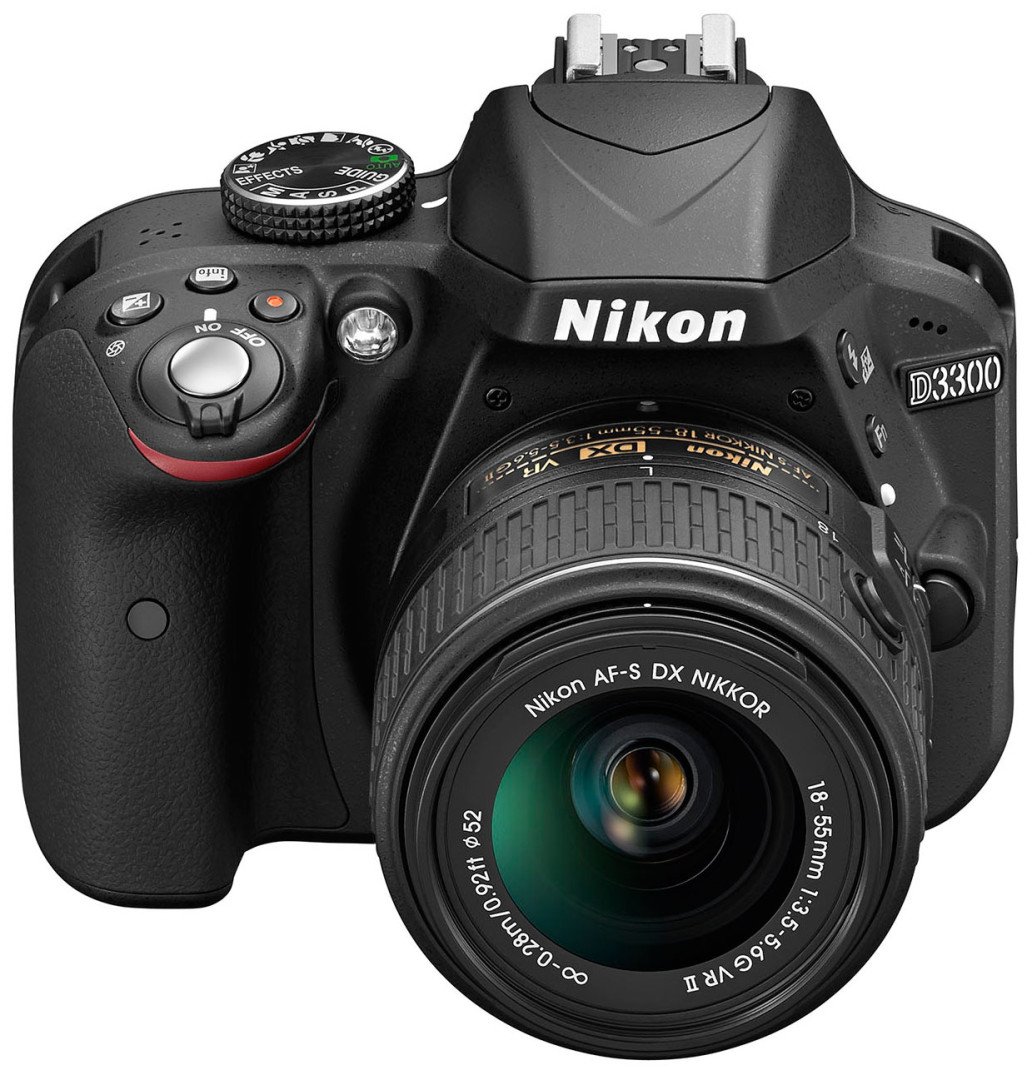

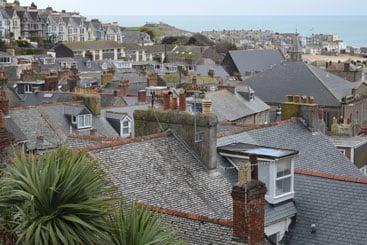
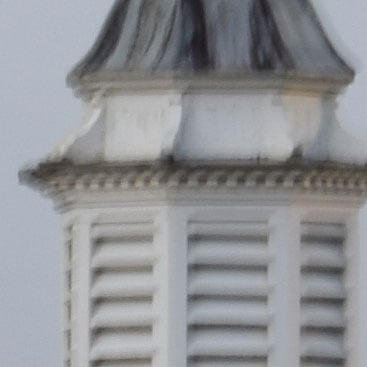
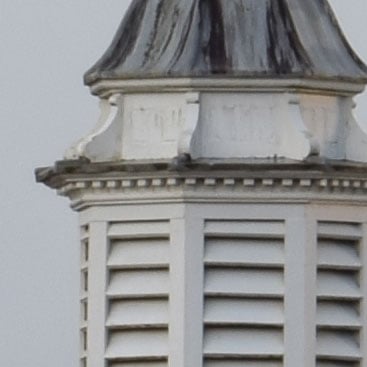
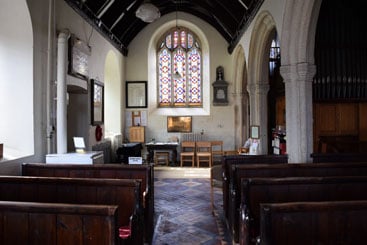
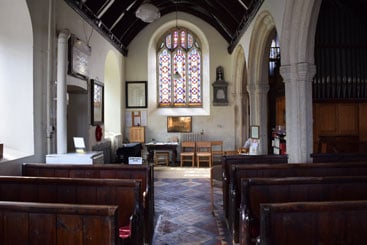

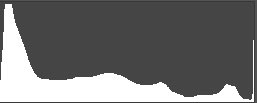
Posting Komentar